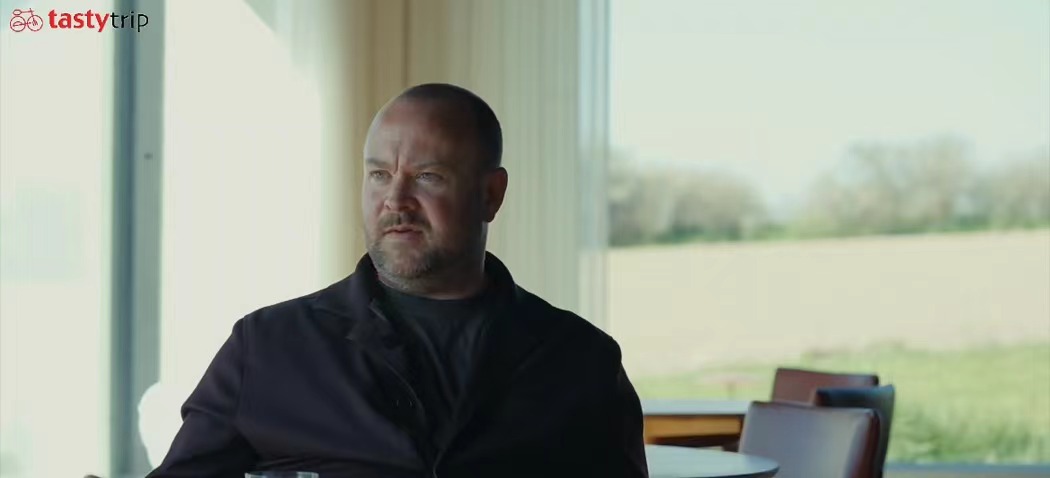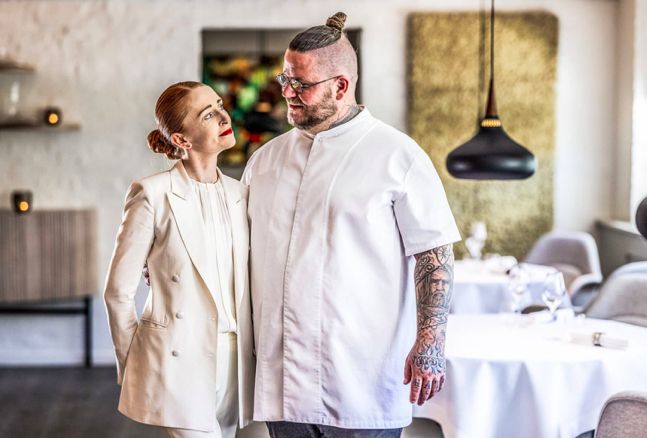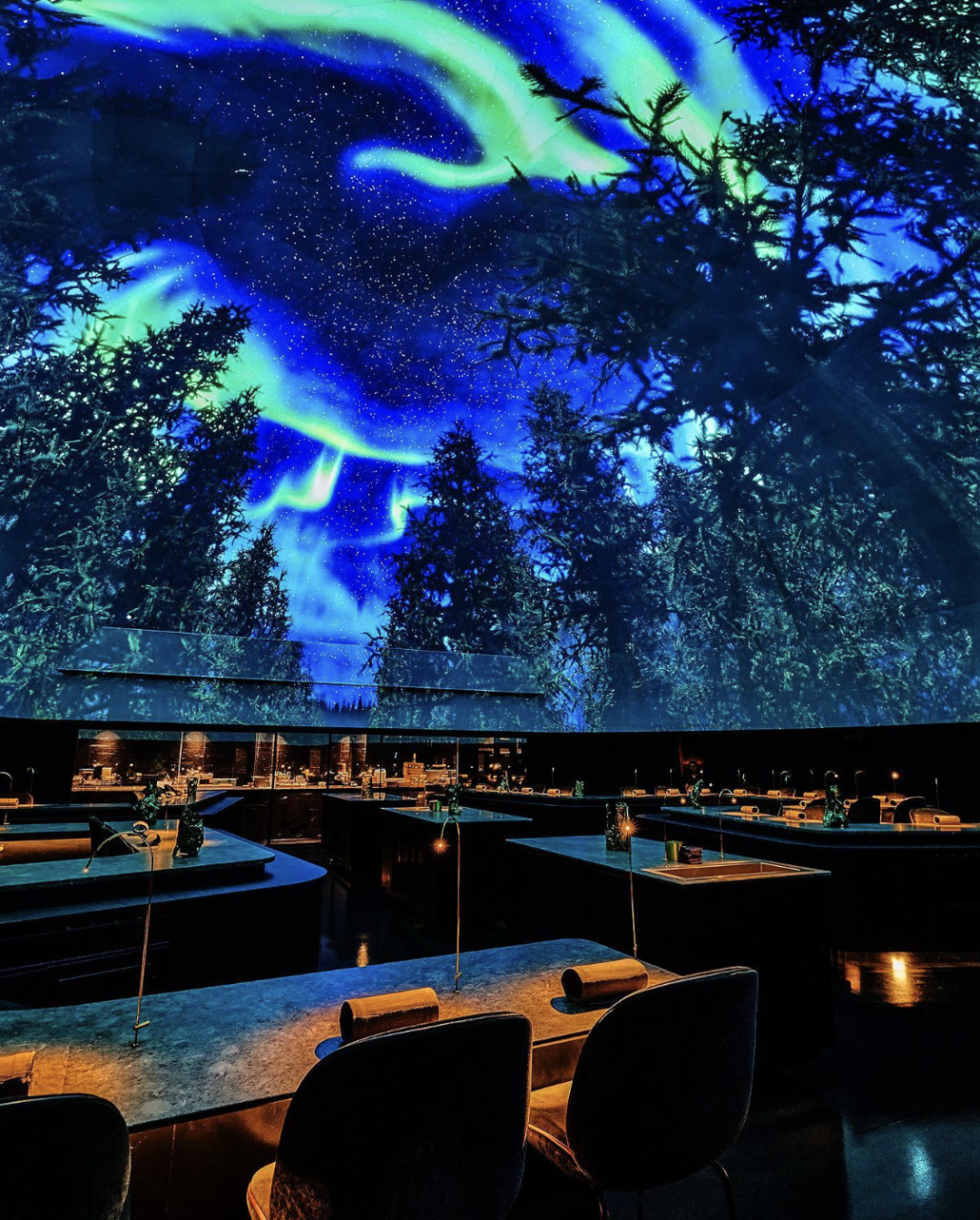Every autumn, the city of Alba in the Piedmont region of Italy attracts gourmands from all over the world to indulge in the captivating flavours of white truffles – not only to satisfy gustatory desires, but also to experience the fun of following truffle hunters on their quest for these elusive delicacies.
White truffles possess a unique aroma, often described as a blend of garlic and earthy undertones. Some perceive the subtle notes of garlic and nuts in white truffles, while others describe the alluring scent as hormonal. Ultimately, the charming aroma of white truffles is difficult to define, making it a highly sought-after culinary treasure.
One-month Delay in the Best Time for White Truffles due to Climate Change
According to Italian law, the season for legally hunting white truffles begins in October (the specific timing varies by region, for example, in Calabria and Toscana it begins in early September). In the past, the peak production period was from late October to early November, with temperatures between 5 and 6 degrees Celsius being ideal for optimal growth and vitality. But in recent years, winter has arrived later, causing a delay in white truffle’s peak season. Compared to when I went to Alba to collect white truffles ten years ago, this year’s peak season has been delayed by a full month, falling between the end of November and the beginning of December, which may become the new norm in the future.

Temperatures affect the ripening time of white truffles, while drought is detrimental to the final quality. Truffles need rain when they grow, however, summer droughts cause a decrease in the yield and quality. Some truffle hunters supplying high end restaurants are well financed and can compensate for the lack of ideal growing conditions by artificial means. For example, the contract white truffle supplier of Alba’s three-starred Piazza Duomo maintains the quality of the truffle by irrigation during the dry season. But this is a costly means for which the average truffle hunter does not have the resources.
In Italy, truffle hunting and excavating requires a licence. White truffles cannot be cultivated, and truffle hunters usually hunt within their own territories. Therefore, white truffle hunting requires working with a legally licensed truffle hunter who charges a fee based on the amount of time spent on the trip or the number of trips taken. Of course, truffles excavated are owned by the hunter, and can be purchased directly. This year we went with Ezio, a truffle hunter we have known for many years, and Dora, a well-trained truffle dog. We arranged the time to meet Ezio, but the day before it rained heavily, and the soil was too muddy for the dog to walk on. So we had to reschedule the trip. Reserving two more days in the neighbourhood of Alba is highly recommended for sometimes the hunt has to wait until soil gets dry enough. Truffle hunting requires good timing.

I heard that some people hunt truffles at night, so as to protect their own “prize” from being discovered by others. I’m not sure if it’s hearsay, because truffle hunters are only certified to hunt within their own territory. Our intriguing hunting experience in thewood started early in the morning, the air crisp and refreshing. Ezio and his truffle dog led us to focus on the soil beneath our feet, looking for roots of oak, willow, and poplar trees. About 10-15 cm underground, we found the trophy. Once it was unearthed, even the forest was brimming with its fascinating aroma.
It is said that some truffle hunters bury the truffle in advance to avoid disappointing their guests who have come a long way. However, experienced hunters know theirterritory in the smallest detail; they know the secret places where the precious truffles grow. Tourists with savvy eyes will be able to tell whether the truffles found out have been buried intentionally or are actually grown there. After truffle hunting, and if we are lucky, we can go to the truffle hunter’s place for a satisfying truffle meal. The mantra for cooking white truffle is “keep it simple.”

White truffle comes in unique aroma and various shades of colour. Depending on the host tree they live off, those with pink flesh carry the fragrance of the tree root and are considered the most precious part. Generally, if the colour is too dark and the veining is not clear, it may be due to prolonged storage or improper preservation such as too much moisture in the air.
In Italy, poached eggs, scrambled eggs, pastas, risottos, or consommés blossom with the addition of shaved white truffles. Tajarin (a kind of thin egg pasta) is a much-loved option to go with the white truffle for its chewy texture and rich flavour that is similar to Chinese noodles. Of course, using tagliatelle is also good, depending on personal preference. White truffles are not recommended to be served with strong-tasting red meats, as the goal is not to overpower the aroma of the truffle. So for red meats, black truffles are a better choice. However, some restaurants recommend white truffle and red meat at the same time, which makes their professionalism questionable.

Some like to soak white truffles in vintage champagne and drink it together. Aged Chardonnay, for instance, naturally has the musky, earthy notes of white truffle. Italians sometimes pair white truffle with Fassona beef tartare, a local specialty with very little fat and delicate texture. After removing hard tissues and membrane, the raw beef is chopped up and seasoned with salt, then shaved some white truffles on top and sprinkled with mild olive oil.
White truffle is ideal for pairing with dishes with a neutral base. For example, the chef at Milanese restaurant Trippa does not even use olive oil when serving Fassona beef, for fear of overpowering the aroma of the white truffle. While warmth unlocks white truffle’s aroma, high heat can minimize it, so it must never be cooked. As for how much white truffle to put on each dish, experienced chefs would take into account other ingredients’ flavour and texture before deciding the thickness of the truffle slices. Usually, the slices are often thinner when pasta strands are thinner.
The white truffle season now runs from early October to early January, yet the price continues to rise. In 2023, the price of white truffles in Piedmont restaurants is mostly 8-12 euros per gram. If the price and quality are good, it’s worth buying more from the restaurant. Our group has 10 people and we spent about 3,000-4,000 euros on white truffles alone for one meal. But it has been three years since we last visited Alba, how could we stop from there? I remember my friend telling me, “Eating does not make you broke,” and I wonder if that’s really true.
If you want to preserve white truffles, remember not to vacuum seal them. This will cause the truffle to lose its immediate aroma. Chef’s method is to put them together with rice in a sealed bag, sometimes wrapped in clean kitchen paper to absorb moisture and prevent from heat. My storage condition is not a professional kitchen, so usually they are consumed within three days I get them. Professional chefs may be able to preserve them for up to one week. The key point is that white truffles are extremely fragile and their superb aromas cannot wait.
We are faced with an era of high inflation and abnormal climate, while Chinese cuisine has also widely incorporated white truffles into its dishes. Scarce availability and high demands mean a trend of reduction in the price of white truffles is very unlikely to set in. Enjoying this much-coveted delicacy may be pricy, but the joy it brings is priceless. So I guess it is always worth a try.

Author: Jocelyn 华姐
Photo: Peray Hsiao










